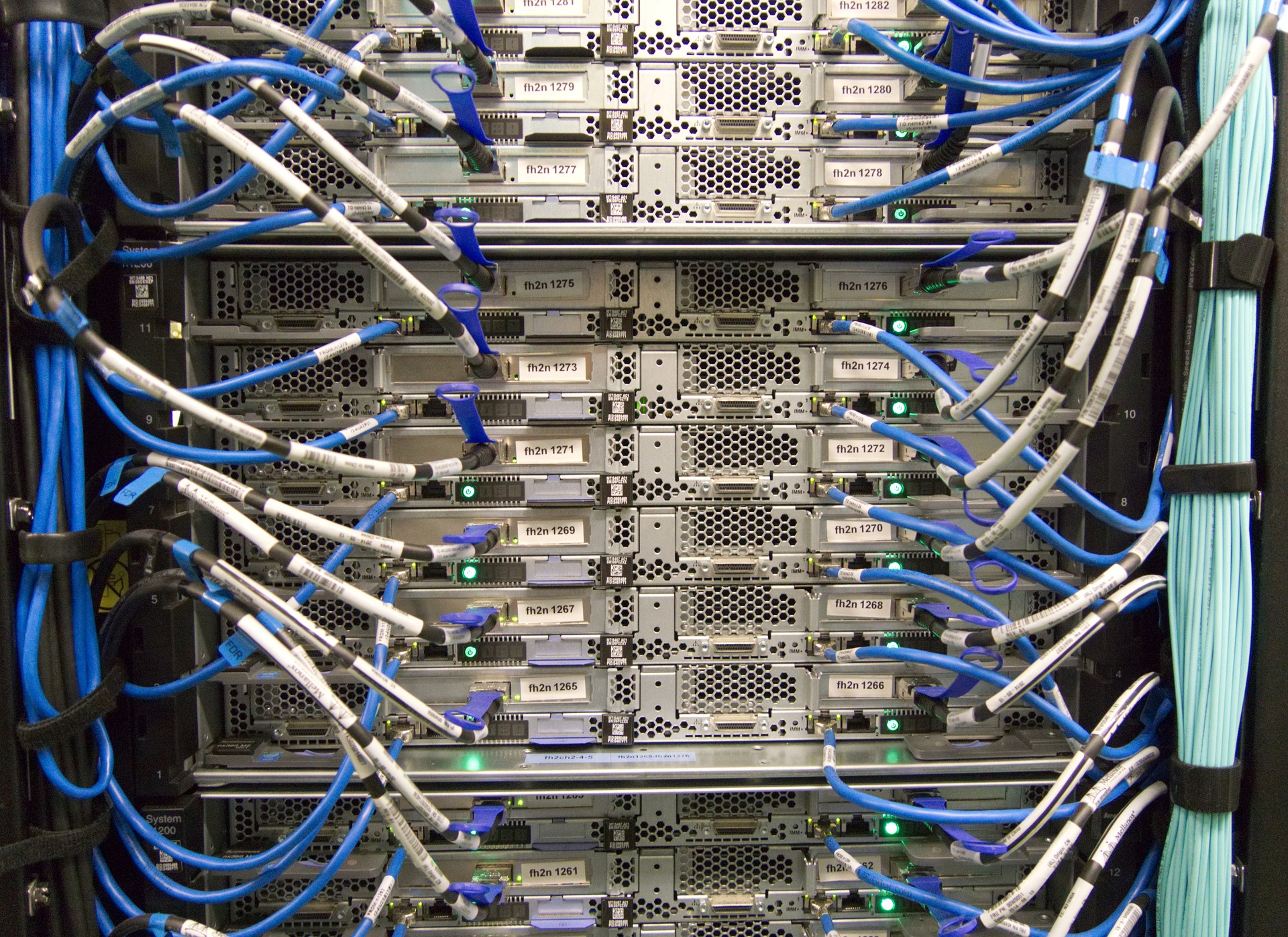In today’s fast-paced insurance landscape, the allure of shiny new technology can be tempting. The promise of modernization often leads organizations to consider a complete overhaul of their core systems—claims, policy administration, and underwriting alike.
But before diving headfirst into multimillion-dollar implementations that could take years to bear fruit, it’s worth pausing for thought. Are we sure that throwing out our existing systems is the best route? With digitalization on the rise and innovative solutions like robotic process automation and microservices making waves, there may be an alternative approach worth exploring: leveraging our current core systems while integrating modern technologies effectively.
Let’s rethink this narrative together as we navigate through sales and distribution, claims management, policy workflows, and underwriting processes in a way that maximizes efficiency without sacrificing investment or time.
See also: 2-Speed Strategy: Optimize and Innovate
Resisting the urge to throw out your core claims, policy admin, underwriting systems
The instinct to replace legacy systems can be strong, especially when faced with the latest tech trends. However, core claims and policy administration systems often carry valuable data and institutional knowledge that shouldn’t be discarded lightly.
According to research conducted by Celent and reported in their "Dimensions: P&C Insurance IT Pressures & Priorities 2024: North American Edition," 91% of the carriers interviewed stated that growth and distribution are significant (56%) or moderate (35%) for 2023, with 85% stating process optimization/operational efficiencies are significant. Celent stated, “Growth is the clear top priority for insurers in 2024, potentially indicating they are optimistic about the current climate and are taking an offensive tack. Operating cost reduction and process optimization remained top of mind for carriers. Notably, operating cost reduction is a much higher priority than IT cost reduction, indicating businesses are seeing the value of IT.”
Instead of a complete overhaul, consider an assessment of your existing infrastructure. Many organizations find that their current systems can integrate with new technologies, such as microservices or digital distribution channels. This approach allows for modernization without the full disruption of a re-implementation.
For example, an international insurer faced multiple business challenges, including creating products and not having a digital way to sell and distribute their products. They had siloed systems and an on-premises core. By enabling the products, sales, and marketing teams to create insurance products and deliver them in weeks rather than months or even years, they were able to provide API integration with their affinity partners and launch new B2B and B2C web portals. They leveraged their on-premises, legacy claims, underwriting, and policy administration systems and modernized by adding orchestration and integration layers.
By keeping what works while introducing enhancements through automation and embedded insurance solutions, you can create a more agile environment. Small adjustments might yield significant improvements in efficiency and customer satisfaction without the costs associated with starting from scratch.
Reinvesting in your core doesn’t have to mean tearing everything down; it could simply mean building upon a solid foundation that's already in place.
Do you really want to reinvest in a multimillion-dollar implementation?
When determining whether to "rip and replace" your legacy systems or enhance them with a modernization layer, it's crucial to evaluate several factors related to customer experience, system capabilities, and future growth potential.
Instead of immediately opting for a complete overhaul, consider whether a modernization layer on top of your existing systems might be more effective. This approach can extend the life of your legacy systems while introducing new capabilities through microservices, digital distribution, and APIs.
To decide which path to take, ask yourself the following questions:
- Customer Experience: Are your external portals and internal systems user-friendly? Are customers and employees expecting more digital interactions and services? If your current systems fall short in delivering seamless digital experiences akin to those of leading e-commerce platforms, modernization may be necessary.
- Digital Capabilities: Can your current systems support "Amazon-like" digital experiences, such as online ordering, real-time inventory tracking, and customer self-service? If not, it might be time to consider either enhancing your systems with APIs and microservices or replacing them.
- Integration: Does your current process integrate seamlessly with other digital platforms (e.g., Insurtech leaders, e-commerce, ERP, CRM)? If your team is bogged down by manual workflows, a modernization approach that leverages microservices and APIs could streamline these processes.
- Scalability and Growth: Can your existing systems handle future growth and increased demand? If your current infrastructure lacks scalability, a complete system replacement or significant modernization might be necessary to support long-term business objectives.
- Digital Presence: How important is a strong digital presence for your long-term goals? If digital interactions and services are becoming more critical for your customers, modernizing your systems to improve these areas is essential.
See also: Time to Modernize Your Mainframe
By answering these questions, you can determine whether a "rip and replace" is necessary or if enhancing your current systems with modern tools is the better approach. The toolkit available—comprising microservices, digital distribution, and APIs—offers flexibility in modernizing your infrastructure without necessarily discarding legacy systems. This balanced approach ensures you meet both current operational needs and future business objectives.
Before embarking on a multimillion-dollar implementation, it’s also crucial to consider the resources required—not just financial investment, but also the time and personnel needed to manage such a project. The process of aligning stakeholders, engaging teams, and training on new systems is a massive undertaking that can disrupt daily operations and divert focus from other critical business activities.
The insurance industry is relentless, and every day counts. In a market where companies are continuously vying for customer attention and market share, can you afford to pause operations for another three to five years to implement a new system? During this time, your competitors won’t be standing still. They’ll be leveraging their core systems while innovating with digital solutions, potentially gaining an edge in the market.
Instead of committing to lengthy and resource-intensive re-implementations, consider modernizing what you already have. Think about integrating middle-layer solutions or microservices that enhance current capabilities, allowing you to retain the agility needed to adapt. Embracing digitalization today means focusing on efficiency while minimizing risk—a much smarter path forward in an ever-evolving market landscape.






